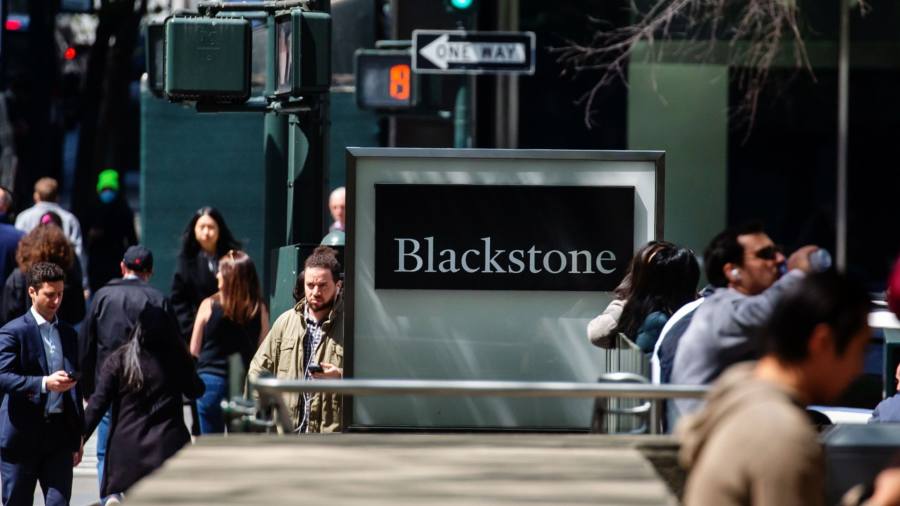Receive free Blackstone Group LP updates
We’ll send you a myFT Daily Digest email rounding up the latest Blackstone Group LP news every morning.
Leverage, low interest rates and illiquidity can be the best of friends for private equity firms. Add a selection of well-timed investments and the possibility of a $1tn business appears.
On Thursday, Blackstone announced that it had surpassed the 13-digit threshold for assets under management. This is a remarkable achievement for an “alternative” investment manager, less than 40 years after its founding.
Much of Blackstone’s successful history coincided with declining interest rates and rising asset values. A private equity buyer of assets that applies generous debt financing can do well in such circumstances. Restricting equity funders from withdrawing their funds during such patience-testing periods as the 2008 financial crisis also helped Blackstone make the most from such beneficent macro forces.
According to its public disclosures, the blended annualised returns of Blackstone’s private equity buyout vehicles over time have returned a net 15 per cent to its investors. Its vaunted real estate business has matched that figure. Even compared with the growth at other pioneers of private capital investing, Blackstone has shown a clean pair of heels.
Blackstone appears to remain in a good position. The PE firm says the worst of the inflation stresses have passed. A soft economic landing could shelter its existing portfolio from any distress while enabling its $300bn corporate lending business to profit from both high interest rates and high credit spreads.
Still, finding the next trillion will not necessarily be easy. BlackRock momentously split from Blackstone in the late 1980s. The former’s Larry Fink went on to master the retail investment marketplace with cheap mutual funds. His firm now manages almost $10tn. Blackstone chief executive Stephen Schwarzman and his team will need to look to similar retail investors. To lure them, Blackstone will have to convince them to buy into illiquid and leveraged investments, hoping for another fortuitous period of stable interest rates.
Read the full article here



